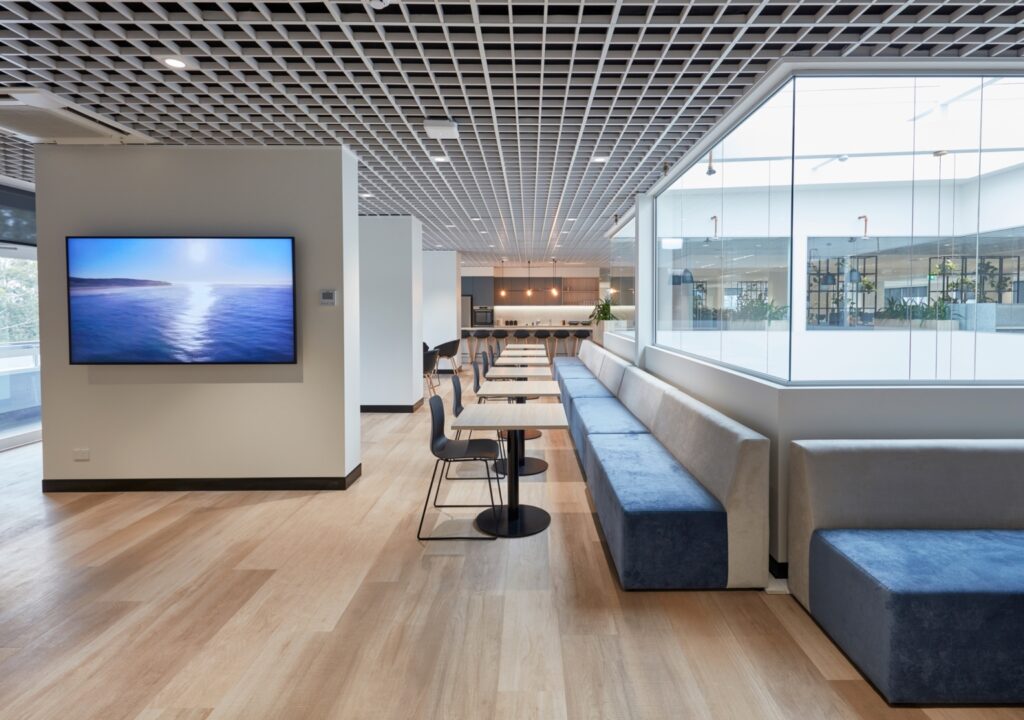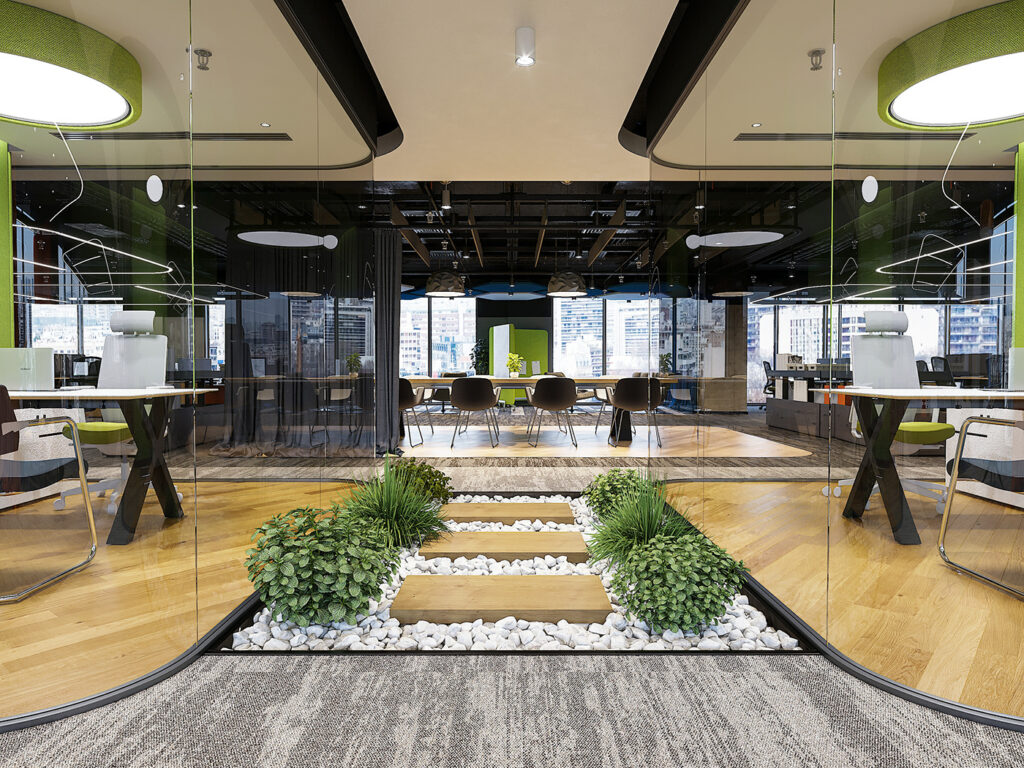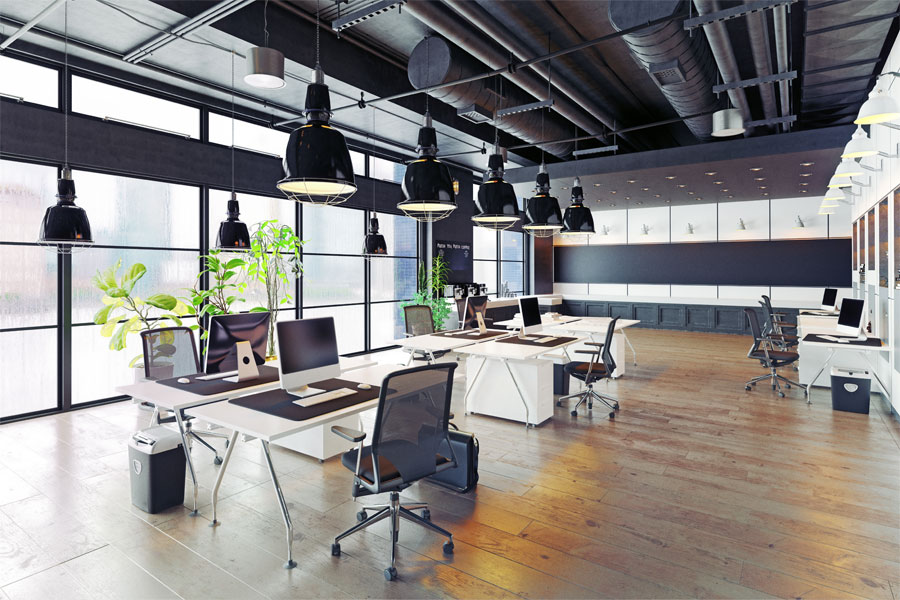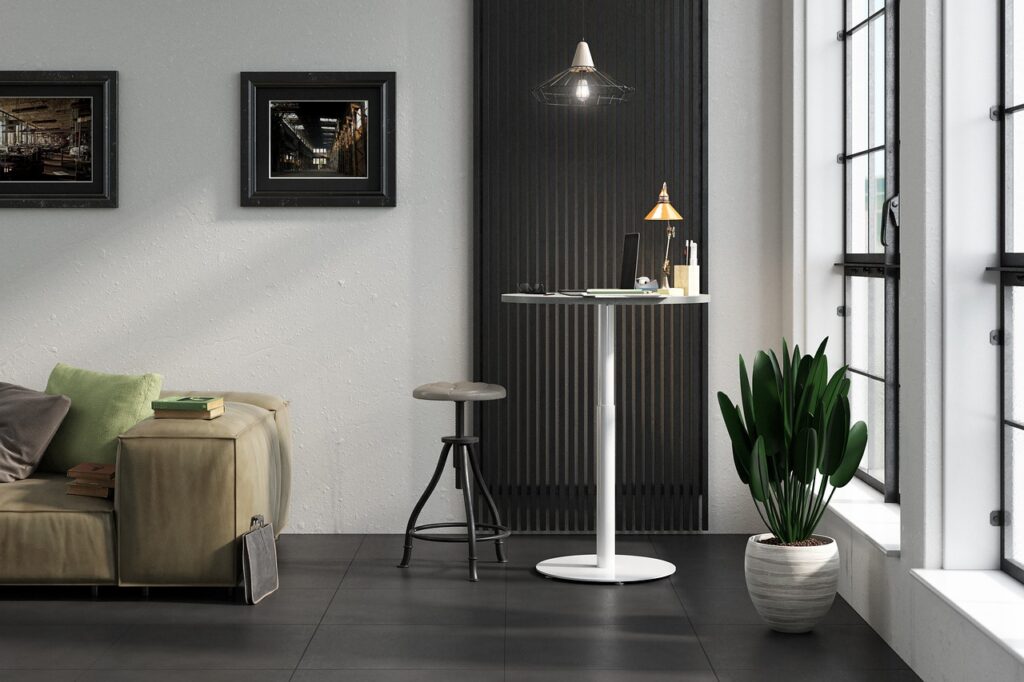The modern office is no longer just a place to work—it’s a strategic asset powered by data and technology. With rising expectations around employee experience and cost efficiency, smart office technology is emerging as a game-changer in 2025.
From AI-powered systems to IoT-enabled devices, companies are integrating tech to streamline operations, improve well-being, and cut costs. Let’s explore the most impactful smart technologies transforming workspaces today.
1. Occupancy Sensors and Space Optimization
Smart occupancy sensors track real-time usage of desks, meeting rooms, and zones. This data helps businesses:
- Understand peak usage hours
- Reduce unused space
- Schedule cleaning more efficiently
- Convert underused areas into more valuable zones
The result? Improved space planning and lower operational costs.
2. AI-Driven Climate Control and Lighting
Energy-efficient climate systems are powered by AI that learns occupant behavior. Features include:
- Smart thermostats that adjust temperatures based on usage patterns
- Automated blinds for natural light control
- Adaptive lighting that adjusts brightness to time of day or weather
These systems reduce energy bills while enhancing comfort.
3. Touchless and Voice-Activated Interfaces
Post-pandemic office design has accelerated the demand for hygienic, contact-free environments. Smart offices now include:
- Voice-activated assistants for room bookings and temperature control
- Touchless doors, elevators, and coffee machines
- App-based visitor check-ins and navigation
These reduce surface contact while streamlining user experience.
4. Integrated Smart Desks and Workstations
The desk itself is evolving. Smart desks come equipped with:
- Height-adjustable controls
- Integrated wireless charging
- Docking stations and cable management
- Occupancy indicators to signal availability
These encourage ergonomic wellness and boost individual productivity.
5. Data Dashboards and Workplace Analytics
All these systems feed into unified dashboards that help decision-makers track KPIs such as:
- Energy consumption
- Space utilization
- Meeting room usage
- Employee feedback and engagement
This data empowers companies to continuously optimize workplace performance.
6. Smart Security and Access Systems
IoT-enabled security tools ensure only authorized personnel can access specific areas. Smart tech includes:
- Mobile access via QR codes or biometrics
- AI video surveillance
- Emergency alert systems and sensors
These features not only improve safety but also reduce the need for manual monitoring.
Final Thoughts
Smart office tech is more than a convenience—it’s a strategic enabler for cost savings, sustainability, and happier teams. By embracing IoT, AI, and automation, organizations can future-proof their spaces and provide elevated experiences for employees.
As we move further into 2025, smart workspaces aren’t optional—they’re essential.
Internal Linking Suggestions:
Looking to smarten up your space? AirBrick Infra can help you integrate intelligent technology into your office design—seamlessly.





